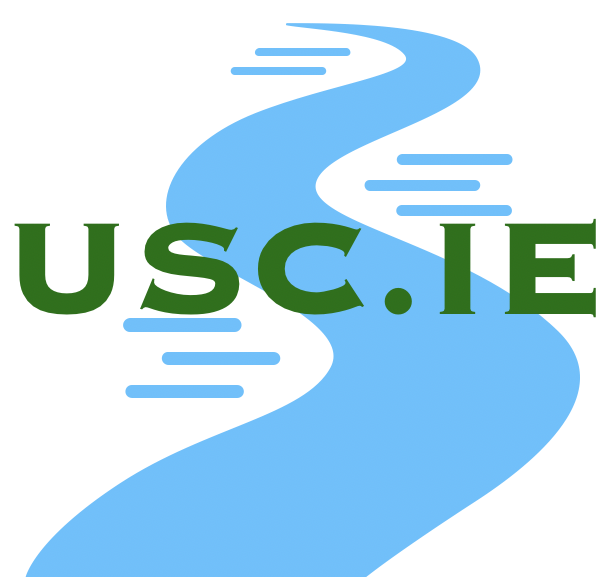Optimise energy and water resource planning
Optimise energy and water resource planning
Go to Challenge | 32 teams have entered this challenge.

USC Innovative Engineers
Team:
Shaun Hayward: hardware/software
Jonard Erro: data collation
Jarred Cooper: videography and website design
Jordan McKenzie: project direction, script and narrator
This device monitors and displays water consumption. It includes both household daily and weekly usage, as well as a comparison with community average consumption. The display also incorporates a daily tip for the user dependent on predicted rainfall for the next 72 hours. It may, for example, inform you that since a substantial amount of rain is expected, it is alright to use your tank water. It could also encourage holding off on washing the car, or when rain is not expected, to check and fix leaking taps. The device itself will update every 15 minutes from the water meter, for analysing consumption for various tasks, such as using the dishwasher, washing machine, or having a shower. This allows users to see spikes and where they can cut back, which is both an environmental benefit, as well as a personal financial benefit.
The primary aim of this device is to allow people to become aware of their water usage, identify spikes in consumption, and in turn be more efficient in their use.
Data will be pulled from the Bureau of Meteorology for rainfall predictions, and in turn the daily tips. Dam level and household consumption data is pulled from seqwater, informing regional usage. Dashing was used for the framework for the device, with it being powered by Batman.js.
Since this device was designed for the general public, our goal was to create a friendly user interface, displaying only the important information required in order to optimise water usage.
Weekly summaries of this data will be sent to residents via email or post, and include personal household consumption trends, as well as regional and nationwide to see how they compare. A website has also been created that incorporates this data, as well as water saving tips, future projects being undertaken, and community events.
Since this monitor is built for the resident, our goal was to create a friendly interface, displaying only the important information required in order to optimise water use. The resident will log in once creating an account, which requires only an email, password, suburb, and residence type. The latter two data will be used when bringing in regional averages, weather forecasts, and benchmarks or restrictions. The user will select the number of occupants, which then automatically calculates an average starting benchmark to strive for. From there the display shows all the relevant data in a colourful, aesthetically pleasing structure. No interaction is required from the resident to update the data.
One feature that could be added with an extended period for design would be to incorporate higher degrees of analysis with a predicted hydrograph. For example, if no rainfall is expected, the dam levels will decrease, and restrictions could be implemented.
This device benefits the household user financially, as well as providing a greater environmental impact for the region through showing how we use our water, encouraging wise consumption, and planning for the future.
Homepage/Website can be found on our GitHub page "index.html"
SEQ Water Consumption Update - used to display a percentage of individual use against a community average. This encourages the consumer to reduce water use by creating a sense or community belonging.
Queensland 7-day Forecast - used to understand the likelihood of rainfall over the next few days. This enables users to modify their behaviour based on the short term forecast.
SEQ Water Real-time Dam Level - used with "Water for life" drought response triggers data to provide users with current and expected water restriction levels.
Data Process Summary:
Benchmark for personal water consumption per day based on dam level (e.g 50% full – 150 L/day/person) was pulled out from SEQ Waters Planning Program document.
This will provide the standard restrictions applied into the analysis. Real-time dam levels data from SEQ waters was downloaded and further delimited to dams that supplies the Sunshine Coast Region which are Cooloolabin, Poona, Wappa, and Baroon Pocket. As the dam level data updates, corresponding benchmark will be projected on the user interface. The regional water consumption summary data also comes from SEQ waters to provide comparison of the individual household consumption to region’s average.
Moreover, BOM weather forecast was also utilised to provide 3-day rainfall forecast for the region. This provides details to predict the reservoirs/dam volumes and further notify the consumers of any tips e.g not watering their plants because substantial amount of rain was predicted.
Description of Use The data is used to get the latest average consumption summary of Sunshine Coast region and provide a comparison with statewide and national average consumption expressed in L/person/day
Description of Use The data set for the BOM weather forecast was used to predict any rainfall event next week or even the following month. This will provide an outlook on the volume of the reservoirs/dams and give water conservation tips to every household e.g do not water plants because fair amount of rain will be expected for the next two days.
Description of Use The data set for the data level (expressed in %full) will determine the water restrictions or maximum water consumption benchmark every person. Since the focus of the study is the Sunshine Coast, we have only selected and analyzed dams (cooloolabin, Poona, Wappa, Baroon Pocket) that directly supplies the region.
Go to Challenge | 32 teams have entered this challenge.
Go to Challenge | 26 teams have entered this challenge.
Go to Challenge | 12 teams have entered this challenge.
Go to Challenge | 9 teams have entered this challenge.
Go to Challenge | 22 teams have entered this challenge.
Go to Challenge | 24 teams have entered this challenge.